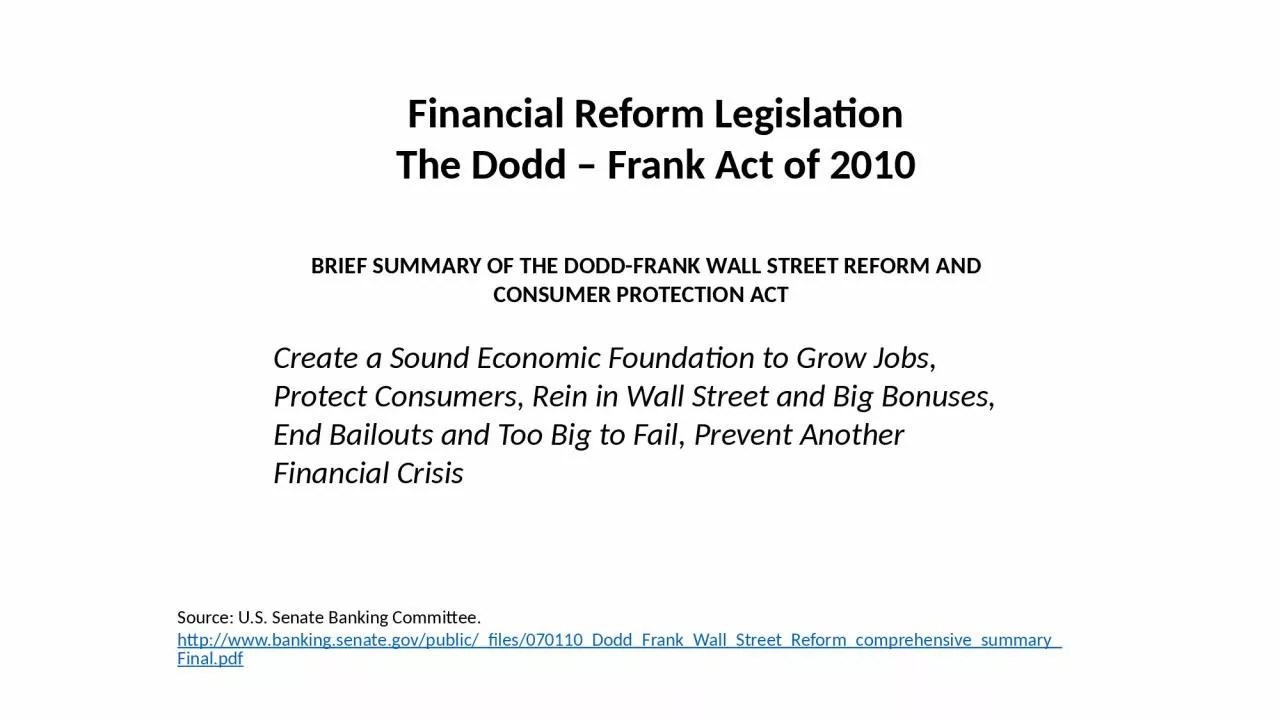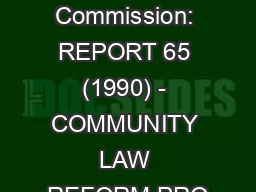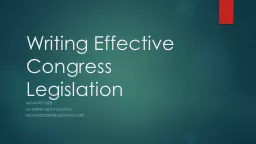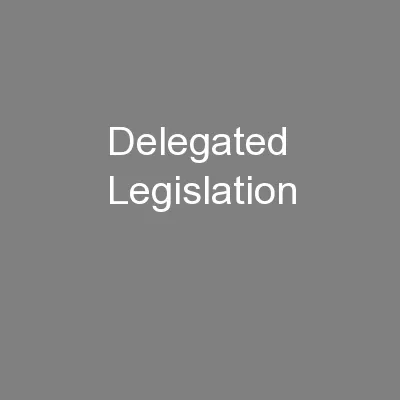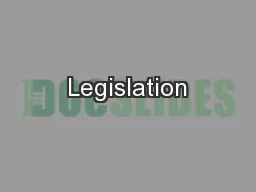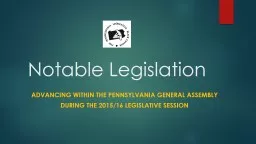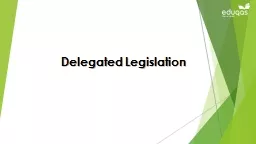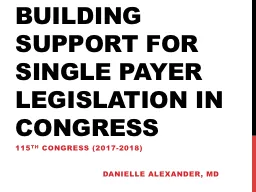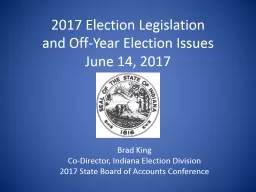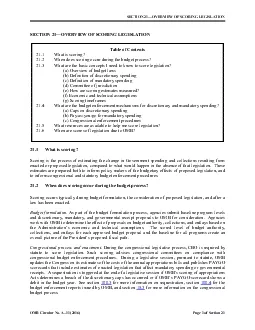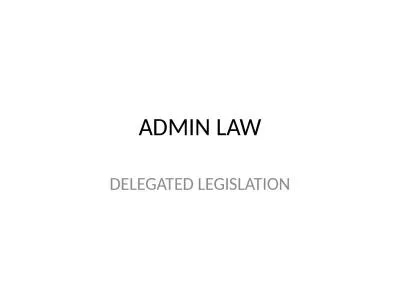PPT-Financial Reform Legislation
Author : carla | Published Date : 2023-09-18
The Dodd Frank Act of 2010 BRIEF SUMMARY OF THE DODDFRANK WALL STREET REFORM AND CONSUMER PROTECTION ACT Create a Sound Economic Foundation to Grow Jobs Protect
Presentation Embed Code
Download Presentation
Download Presentation The PPT/PDF document "Financial Reform Legislation" is the property of its rightful owner. Permission is granted to download and print the materials on this website for personal, non-commercial use only, and to display it on your personal computer provided you do not modify the materials and that you retain all copyright notices contained in the materials. By downloading content from our website, you accept the terms of this agreement.
Financial Reform Legislation: Transcript
Download Rules Of Document
"Financial Reform Legislation"The content belongs to its owner. You may download and print it for personal use, without modification, and keep all copyright notices. By downloading, you agree to these terms.
Related Documents

